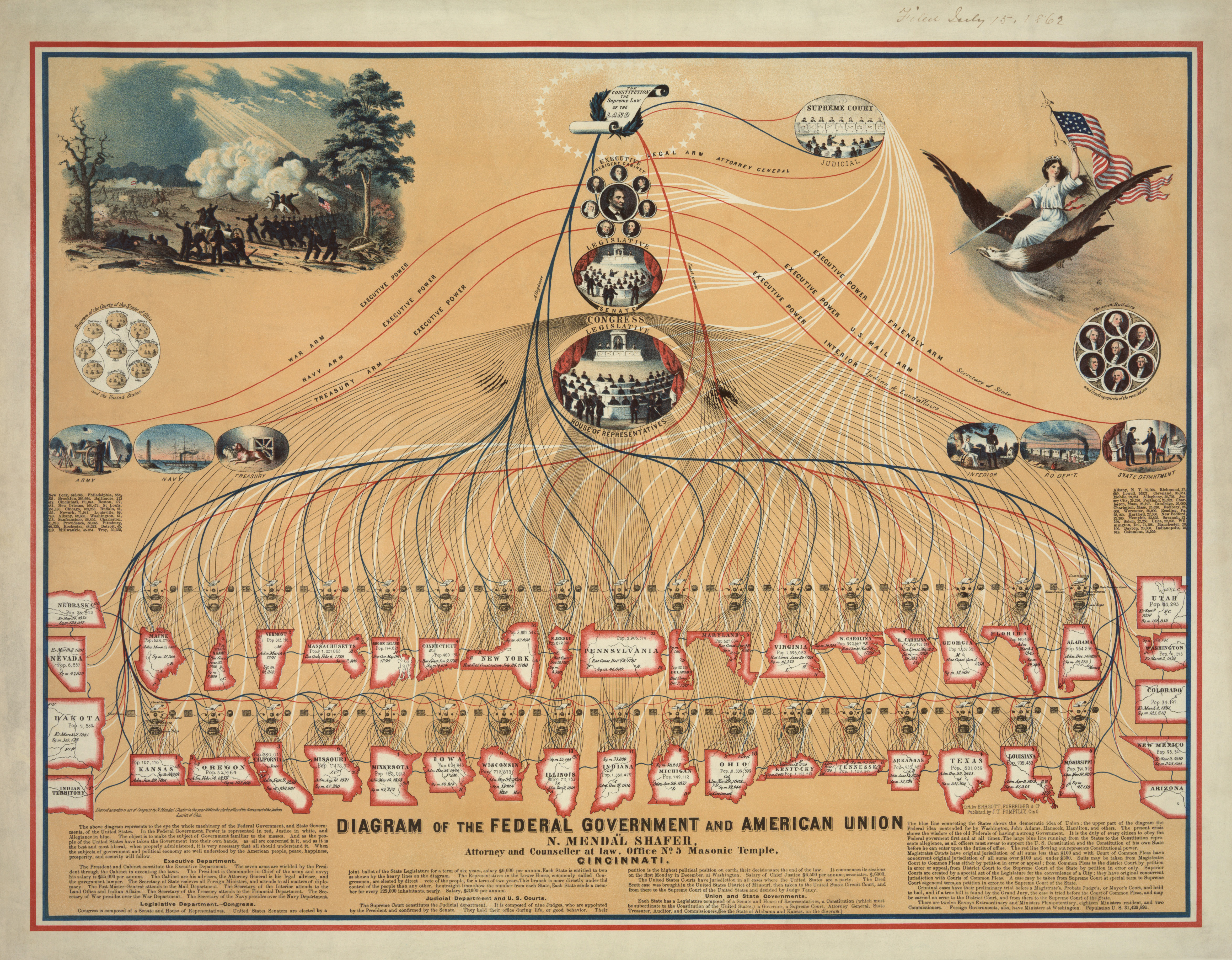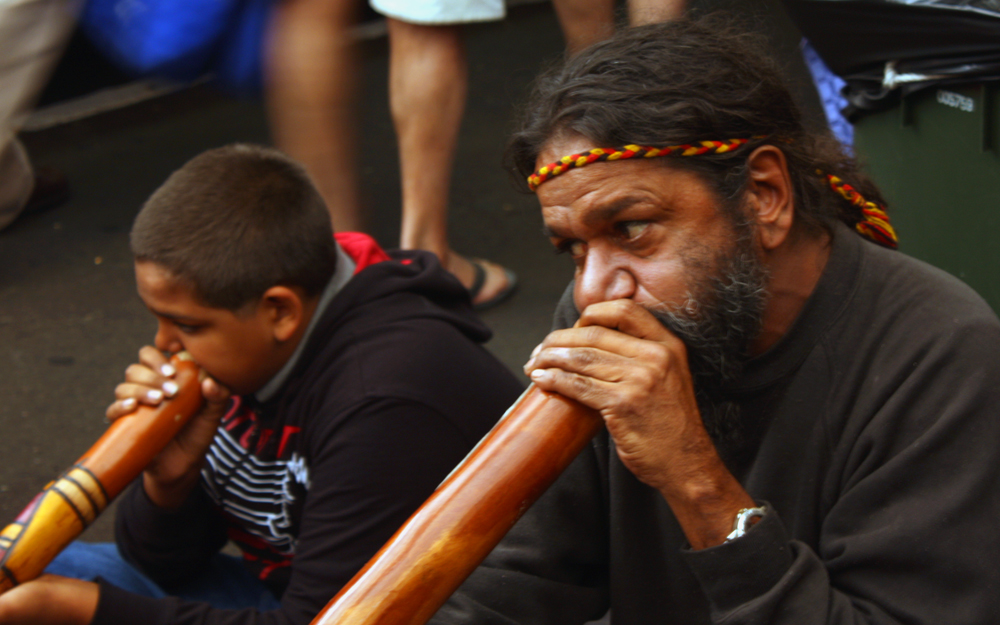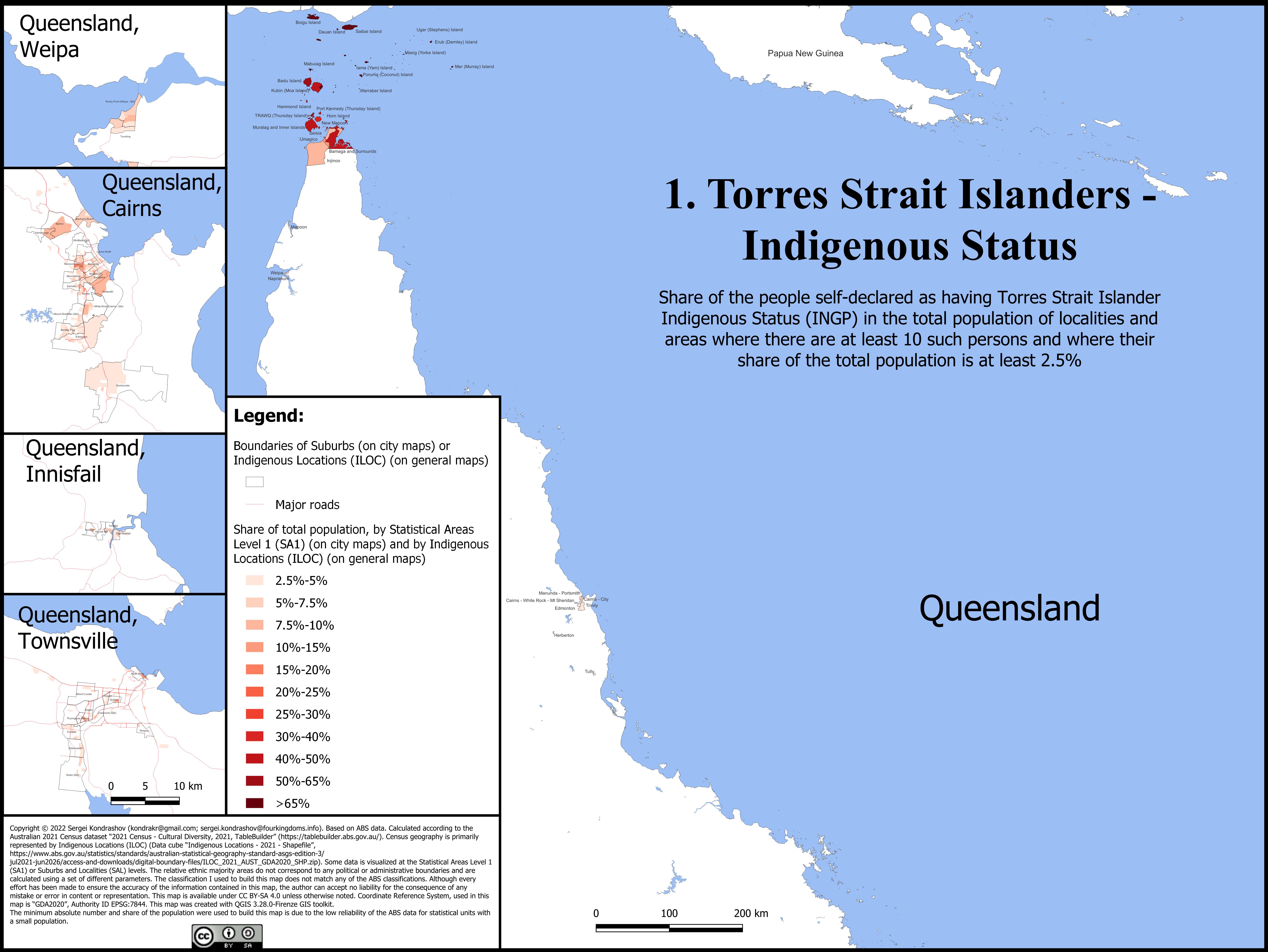|
First Nations Media Australia
First Nations Media Australia (FNMA), formerly Indigenous Remote Communications Association (IRCA), is the national peak body for Aboriginal Australian and Torres Strait Islander not-for-profit broadcasting, media and communications. History The Indigenous Remote Communications Association Aboriginal and Torres Strait Islanders Corporation (IRCA) was officially established as the peak body for remote Indigenous media and communications in 2001 at the Remote Video Festival held at Umuwa, South Australia. It expanded its role and representation to become the national peak body for the Aboriginal and Torres Strait Islander broadcasting, media and communications industry in 2016–2017. Description and activities FNMA is located in Alice Springs, Mparntwe-Alice Springs. FNMA runs a number of annual events, including the National Remote Indigenous Media Festival, in its 21st year in September 2019. Partnerships and joint projects First Sounds is a collaborative effort by the Com ... [...More Info...] [...Related Items...] OR: [Wikipedia] [Google] [Baidu] |
Aboriginal Australian
Aboriginal Australians are the various indigenous peoples of the Australian mainland and many of its islands, excluding the ethnically distinct people of the Torres Strait Islands. Humans first migrated to Australia 50,000 to 65,000 years ago, and over time formed as many as 500 language-based groups. In the past, Aboriginal people lived over large sections of the continental shelf. They were isolated on many of the smaller offshore islands and Tasmania when the land was inundated at the start of the Holocene inter-glacial period, about 11,700 years ago. Despite this, Aboriginal people maintained extensive networks within the continent and certain groups maintained relationships with Torres Strait Islanders and the Makassar people of modern-day Indonesia. Over the millennia, Aboriginal people developed complex trade networks, inter-cultural relationships, law and religions, which make up some of the oldest, and possibly ''the'' oldest, continuous cultures in the world ... [...More Info...] [...Related Items...] OR: [Wikipedia] [Google] [Baidu] |
Tandanya National Aboriginal Cultural Institute
The Tandanya National Aboriginal Cultural Institute, usually referred to as Tandanya, is an art museum located on Grenfell Street in Adelaide, South Australia. It specialises in promoting Indigenous Australian art, including visual art, music and storytelling. It is the oldest Aboriginal-owned and -run cultural centre in Australia. It has been closed for building repairs since May 2023 and is due to reopen sometime in 2025. Naming The institute derives its name from ''Tarndanya'', the Kaurna Aboriginal people's name for the Adelaide city centre and parklands area, meaning "place of the red kangaroo". History Tandanya is the oldest Aboriginal-owned and -run cultural centre in Australia, opened in 1989. The first exhibition featured artworks on silk created by women from Utopia in the Northern Territory, entitled ''Utopia — A Picture Story''. Since then it has hosted a variety of exhibitions and events, including Adelaide Fringe performances and the national launch of the I ... [...More Info...] [...Related Items...] OR: [Wikipedia] [Google] [Baidu] |
2001 Establishments In Australia
1 (one, unit, unity) is a number, numeral, and glyph. It is the first and smallest positive integer of the infinite sequence of natural numbers. This fundamental property has led to its unique uses in other fields, ranging from science to sports, where it commonly denotes the first, leading, or top thing in a group. 1 is the unit of counting or measurement, a determiner for singular nouns, and a gender-neutral pronoun. Historically, the representation of 1 evolved from ancient Sumerian and Babylonian symbols to the modern Arabic numeral. In mathematics, 1 is the multiplicative identity, meaning that any number multiplied by 1 equals the same number. 1 is by convention not considered a prime number. In digital technology, 1 represents the "on" state in binary code, the foundation of computing. Philosophically, 1 symbolizes the ultimate reality or source of existence in various traditions. In mathematics The number 1 is the first natural number after 0. Each natural numbe ... [...More Info...] [...Related Items...] OR: [Wikipedia] [Google] [Baidu] |
Organizations Established In 2001
An organization or organisation ( Commonwealth English; see spelling differences) is an entity—such as a company, or corporation or an institution ( formal organization), or an association—comprising one or more people and having a particular purpose. Organizations may also operate secretly or illegally in the case of secret societies, criminal organizations, and resistance movements. And in some cases may have obstacles from other organizations (e.g.: MLK's organization). What makes an organization recognized by the government is either filling out incorporation or recognition in the form of either societal pressure (e.g.: Advocacy group), causing concerns (e.g.: Resistance movement) or being considered the spokesperson of a group of people subject to negotiation (e.g.: the Polisario Front being recognized as the sole representative of the Sahrawi people and forming a partially recognized state.) Compare the concept of social groups, which may include non-or ... [...More Info...] [...Related Items...] OR: [Wikipedia] [Google] [Baidu] |
Community Radio Stations In Australia
A community is a social unit (a group of people) with a shared socially-significant characteristic, such as place, set of norms, culture, religion, values, customs, or identity. Communities may share a sense of place situated in a given geographical area (e.g. a country, village, town, or neighborhood) or in virtual space through communication platforms. Durable good relations that extend beyond immediate genealogical ties also define a sense of community, important to people's identity, practice, and roles in social institutions such as family, home, work, government, TV network, society, or humanity at large. Although communities are usually small relative to personal social ties, "community" may also refer to large-group affiliations such as national communities, international communities, and virtual communities. In terms of sociological categories, a community can seem like a sub-set of a social collectivity. In developmental views, a community can emerge out of a col ... [...More Info...] [...Related Items...] OR: [Wikipedia] [Google] [Baidu] |
Organisations Serving Indigenous Australians
An organization or organisation ( Commonwealth English; see spelling differences) is an entity—such as a company, or corporation or an institution (formal organization), or an association—comprising one or more people and having a particular purpose. Organizations may also operate secretly or illegally in the case of secret societies, criminal organizations, and resistance movements. And in some cases may have obstacles from other organizations (e.g.: MLK's organization). What makes an organization recognized by the government is either filling out incorporation or recognition in the form of either societal pressure (e.g.: Advocacy group), causing concerns (e.g.: Resistance movement) or being considered the spokesperson of a group of people subject to negotiation (e.g.: the Polisario Front being recognized as the sole representative of the Sahrawi people and forming a partially recognized state.) Compare the concept of social groups, which may include non-org ... [...More Info...] [...Related Items...] OR: [Wikipedia] [Google] [Baidu] |
Indigenous Music Of Australia
Indigenous music of Australia comprises the music of the Aboriginal and Torres Strait Islander peoples of Australia, intersecting with their cultural and ceremonial observances, through the millennia of their individual and collective histories to the present day. The traditional forms include many aspects of performance and musical instrumentation that are unique to particular regions or Aboriginal Australian groups; and some elements of musical tradition are common or widespread through much of the Australian continent, and even beyond. The music of the Torres Strait Islanders is related to that of adjacent parts of New Guinea. Music is a vital part of Indigenous Australians' cultural maintenance. In addition to these Indigenous traditions and musical heritage, ever since the 18th-century European colonisation of Australia began, Indigenous Australian musicians and performers have adopted and interpreted many of the imported Western musical styles, often informed by and in ... [...More Info...] [...Related Items...] OR: [Wikipedia] [Google] [Baidu] |
National Indigenous Times
The ''National Indigenous Times'' (NIT) is an Indigenous Australian affairs website, originally published as a newspaper from February 2002. History ''National Indigenous Times'' was first published in newspaper form on 27 February 2002. It was established by Owen Carriage, the founder of the '' Koori Mail''. In 2006, ''NIT'' published a major story about government staff anonymously representing themselves as independent witnesses in the ''Lateline'' report on child abuse in remote communities, with particular reference to Mutitjulu, in the Northern Territory. On 27 February 2012, the Australian Broadcasting Corporation's program '' Media Watch'' aired a segment that detailed how the newspaper had repeatedly taken substantial material from other media sources without any attribution. This was addressed by editor Stephen Hagan, who promised to deliver more original material and use citations when using external references. Hagan left in December 2013. In January and February ... [...More Info...] [...Related Items...] OR: [Wikipedia] [Google] [Baidu] |
Adelaide
Adelaide ( , ; ) is the list of Australian capital cities, capital and most populous city of South Australia, as well as the list of cities in Australia by population, fifth-most populous city in Australia. The name "Adelaide" may refer to either Greater Adelaide (including the Adelaide Hills) or the Adelaide city centre; the demonym ''Adelaidean'' is used to denote the city and the residents of Adelaide. The Native title in Australia#Traditional owner, traditional owners of the Adelaide region are the Kaurna, with the name referring to the area of the city centre and surrounding Adelaide Park Lands, Park Lands, in the Kaurna language. Adelaide is situated on the Adelaide Plains north of the Fleurieu Peninsula, between the Gulf St Vincent in the west and the Mount Lofty Ranges in the east. Its metropolitan area extends from the coast to the Adelaide Hills, foothills of the Mount Lofty Ranges, and stretches from Gawler in the north to Sellicks Beach in the south. Named in ho ... [...More Info...] [...Related Items...] OR: [Wikipedia] [Google] [Baidu] |
Catherine Liddle
Catherine Liddle is an Aboriginal Australian executive, journalist, and advocate of Indigenous Australians' health. she is CEO of SNAICC – National Voice for our Children, and member of the Coalition of Peaks. Early life and education Catherine Liddle is of Arrernte and Luritja heritage (from Central Australia). She has said that "Aunty Pat" ( Pat Turner) was the reason that her mother went to university in Adelaide. Career Liddle's primary occupation has been as a journalist, but she has occupied many managerial roles. She worked in a number of roles at Imparja Television, the ABC, SBS, and NITV, including executive editor of news and current affairs. She also worked in managerial positions at the NT Department of Education. In 2019, while NPY Regional Director of Jawun (formerly Jawun Indigenous Corporate Partnerships) in Alice Springs, Liddle acted as interim general manager of Indigenous Community Television for five months. She was appointed CEO of First Natio ... [...More Info...] [...Related Items...] OR: [Wikipedia] [Google] [Baidu] |
Torres Strait Islander
Torres Strait Islanders ( ) are the Indigenous Melanesians, Melanesian people of the Torres Strait Islands, which are part of the state of Queensland, Australia. Ethnically distinct from the Aboriginal Australians, Aboriginal peoples of the rest of Australia, they are often grouped with them as Indigenous Australians. Today, many more Torres Strait Islander people live in mainland Australia than on the Islands. Five distinct peoples exist within the broader designation of Torres Strait Islander people, based partly on geographical and cultural divisions. Kalaw Lagaw Ya and Meriam Mir comprise the two main Indigenous language groups; Torres Strait Creole is also widely spoken as a language of trade and commerce. The core of Island culture is Indigenous people of New Guinea, Papuan, and the people are traditionally a seafaring nation. The Torres Islanders exhibit a strong artistic culture, particularly in sculpture, printmaking, and mask-making. Demographics Of the 133 islands ... [...More Info...] [...Related Items...] OR: [Wikipedia] [Google] [Baidu] |





